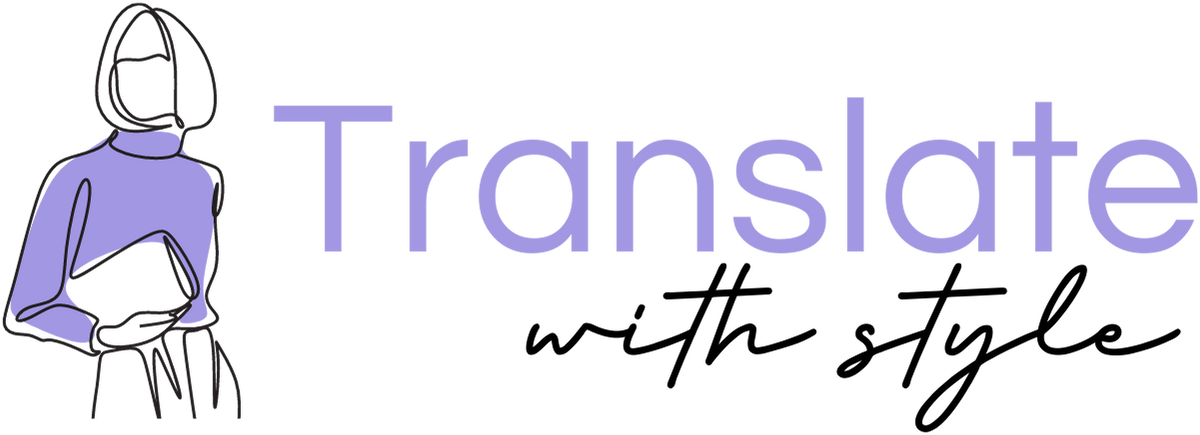Embarking on any copywriting project without a clear brief is like navigating a ship without a compass. Whether you’re a seasoned copywriter, a project manager, or a business owner, the art of creating an effective copywriting brief is indispensable for achieving the desired outcome. This guide will walk you through the essential steps and components of a copywriting brief that leads to success.
In this article, we’re going to look into:
1. What is a brief? 2. Components of an Effective Copywriting Brief- 2.1 Project Overview
- 2.2 Target Audience
- 2.3 Objectives and Goals
- 2.4 Tone and Style
- 2.5 Key Messages
- 2.6 Brand Guidelines
- 2.7 SEO Keywords
- 2.8 Deliverables
- 2.9 Timeline
1. What is a brief?
A brief is a foundational document that serves as the bridge between an idea and its execution. It outlines the vision, objectives, and specific requirements of a project, providing a clear roadmap for creative professionals to follow. A well-crafted brief ensures that all stakeholders have a shared understanding of what needs to be accomplished, why it matters, and how success will be measured. It encompasses detailed information such as the target audience, key messages, tone, style, and deliverables, along with any constraints like timelines and budgets. Acting as a guiding star for the project, a brief is instrumental in aligning the team’s efforts towards a common goal, setting the stage for creativity to flourish within defined parameters. In essence, it’s the critical first step in transforming abstract ideas into tangible results, fostering an environment where creativity and strategy converge seamlessly.
2. Components of an Effective Copywriting Brief:
-
2.1 Project Overview
Initiate your brief with an engaging introduction to the project, elucidating its genesis, scope, and the driving force behind its inception. This section should encapsulate the project’s essence, highlighting any unique aspects or challenges it aims to address. Clarify the overarching purpose—be it rebranding, launching a new product, or entering a new market—and articulate your vision for what success looks like upon completion. This foundational insight sets the stage for a unified understanding of the project’s ambitions.
-
2.2 Target Audience
Dive deep into profiling your intended audience. Beyond basic demographics like age, gender, and location, delve into psychographics such as interests, lifestyle, and values. Understand their media consumption habits, online behaviors, and the factors that influence their purchasing decisions. This granular understanding enables the creation of tailored messages that speak directly to the audience’s needs, desires, and pain points, fostering a genuine connection and engagement.
-
2.3 Objectives and Goals
Detail the specific outcomes you wish the copy to achieve. Whether it’s elevating brand perception, nurturing leads through the sales funnel, or eliciting direct action, clarity on these objectives guides the copy’s strategic direction. Also, consider how these goals will be measured—through engagement metrics, conversion rates, or another KPI—to establish a clear benchmark for success.
-
2.4 Tone and Style
Expound on the preferred tone and style, providing context on how it should resonate with your audience. Whether aiming for authoritative and informative, warm and reassuring, or witty and engaging, this guidance ensures the copy’s voice is consistent and on-brand. Illustrate with examples from previous materials or aspirational references, giving the writer concrete models to emulate or innovate upon.
-
2.5 Key Messages
Elaborate on the pivotal messages that must be communicated through the copy. This might include unique value propositions, key differentiators, or important brand stories. Explain why these messages matter to your audience and how they align with the project’s objectives. Providing context for these messages helps ensure they are woven into the copy in a manner that is both natural and impactful.
-
2.6 Brand Guidelines
Furnish detailed brand guidelines that cover not only visual elements like logos and color schemes but also verbal and written style guides. Explain how these guidelines reflect the brand’s personality and values, and how they should be applied to ensure consistency across all communications. This might include preferred language, tone, slogans, or hashtags that reinforce the brand’s identity.
-
2.7 SEO Keywords
List the SEO keywords that are critical for digital visibility, providing insights into how they were selected based on audience search behavior or competitive analysis. Suggest how these keywords can be integrated seamlessly into the copy without compromising readability or engagement. Clarify the priority of each keyword to guide their strategic placement throughout the content.
-
2.8 Deliverables
Specify the deliverables in detail, including the type of content (blog posts, product descriptions, ad copy), the required length or word count, and any format or structure preferences. If the project involves multiple pieces of content, describe how they interconnect or support a broader campaign strategy. Setting clear expectations here ensures all stakeholders are aligned on the output.
-
2.9 Timeline
Provide a comprehensive timeline that outlines key milestones, from initial brainstorming sessions and draft submissions to revisions and final approvals. Be realistic about the time required for creative development and incorporate buffer periods for review cycles. Indicating critical dates, such as campaign launch events or seasonal deadlines, helps prioritize tasks and ensures timely progress.

3. Tips for Writing an Impactful Copywriting Brief:
-
3.1 Collaborate with Your Copywriter
Building a collaborative relationship with your copywriter from the outset can transform the brief into a dynamic blueprint for success. This partnership enables an open dialogue where questions can be asked, clarifications sought, and creative ideas exchanged. Encourage your copywriter to contribute their insights based on past experiences or industry trends, which can enrich the project’s direction. A brief isn’t just a set of instructions—it’s the starting point for a creative exploration that benefits immensely from the copywriter’s expertise and intuition.
-
3.2 Be Specific, But Flexible
Detail in the brief is crucial for setting clear expectations and boundaries, but it’s equally important to foster an environment where creative solutions can flourish. Specify what is non-negotiable, such as brand guidelines or key messages, but also highlight areas where there’s wiggle room for creative interpretation. This balance encourages the copywriter to inject their unique flair and innovation into the project, potentially uncovering angles or ideas you hadn’t considered. Flexibility can be the key to unlocking truly resonant and engaging copy that still meets your strategic goals.
-
3.3 Provide Context and Examples
Contextualizing your requirements with background information and concrete examples can act as a springboard for creativity. If there are existing pieces of content that embody the tone, style, or approach you’re aiming for, share these with your copywriter as benchmarks. Similarly, if you’re venturing into new territory, providing examples from outside your organization or industry can serve as inspiration. This not only helps set a quality standard but also gives the copywriter a clearer vision of what success looks like in your eyes. When a copywriter understands the ‘why’ behind your directives, they’re better equipped to deliver a copy that hits the mark.
4. Conclusion
A meticulously crafted copywriting brief is a powerful tool that sets the stage for successful copywriting projects. It aligns the project team, clarifies expectations, and provides a solid foundation upon which to build a compelling copy. By following the guidelines outlined in this guide, you’re well on your way to mastering the art of writing a good brief and achieving your project goals.
Ready to tackle your next copywriting project with confidence? Use this guide to create a comprehensive brief that will steer your project to success. If you need further assistance or have questions about crafting effective briefs, don’t hesitate to reach out to our team of experts. Let’s create impactful copy that resonates with your audience and meets your business objectives.




